1
HOME > Business >
HOW A DIAMOND'S PRICE IS DETERMINED
Written by Menswear Style in Business on the 17th December 2020
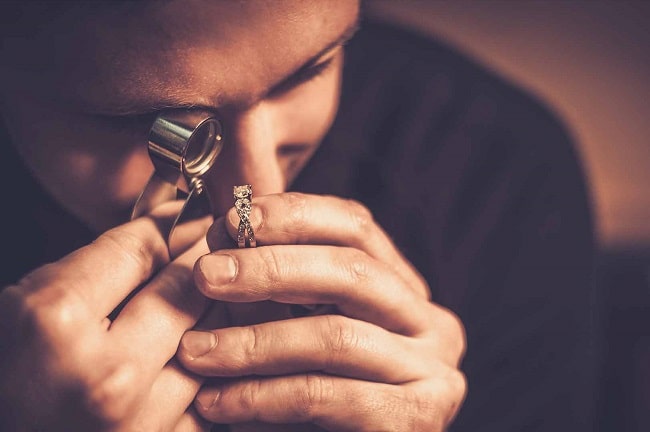
Whether from a diamond trader to a jeweller or from a jeweller to the end user, whether that is a newly engaged couple, a well-to-do celebrity treating themselves to a new statement piece or an investor looking for something that will stand the test of time. Probably not surprisingly, the main four factors in determining diamond value are those known as the Four Cs. Let us take a look at them in turn, in (very rough) order of importance.
Clarity Often Means Quality
The clarity of a diamond is its 'see-through-ness' or transparency. Of course, a diamond is all but impossible to see through, especially if it has been carefully cut to ensure that light reflects and refracts around inside the diamond. But the clarity means that the stone is clear crystal all the way through, with no (or few) inclusions or occlusions which could otherwise break up that symmetrical pattern of light reflection and refraction. So, a very good clarity stone could be said to be one that has little internal or external damage to it – and clarity makes up perhaps the biggest price jumps between one stone and another, making it one of, if not the most, important factors to look at when pricing a diamond.
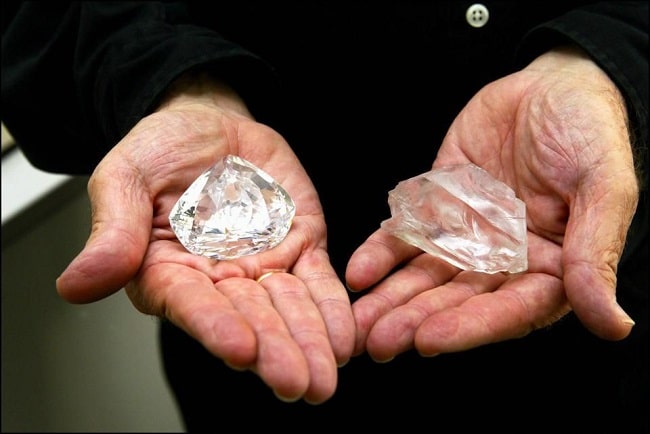
How Many Carats?
Size comes second here. A very good quality stone of a good size will usually have a much higher price than the competition. A carat weighs around 200mg and gets its measurement and the name from the long-ago carob seed which was used as a uniform measure for precious stones in antiquity. So you can see that a stone weighing 1 gram will be 5 carats. Size impacts on the value of a diamond only after the clarity has been assessed (and sometimes after the colour too – see below for more) and it is fairly straightforward – the bigger a stone is than an equal quality counterpart, the higher it will be valued.
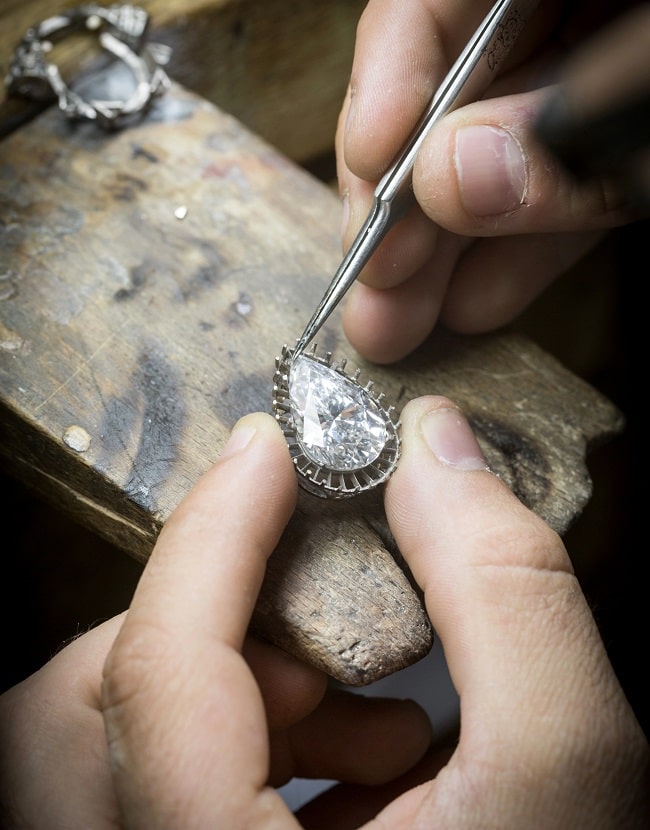
Colour
The colour of a diamond is usually prized for being as null as possible, allowing the clarity to shine unencumbered. However, modern trends have seen demand for coloured diamonds coming to the fore, with vivid fancies – as the very brightly coloured stones are known – sometimes even outprice their colourless cousins. The most colourless diamonds are graded as D, E, or F, and even trained jewellers can find it difficult to distinguish between the three levels. The middle-band, H to around P are visibly tinted, but not what a layman would call colourful, and it is only at the lower end of the scale that the stones are visibly coloured: X, Y and Z. After Z, the fancies come into play with Light, Light Intense and Vivid all being variations on a 'fancy' theme. The price of a coloured stone will often depend on the fashions of the time, while better quality and more carats will be more of a factor than the colour.
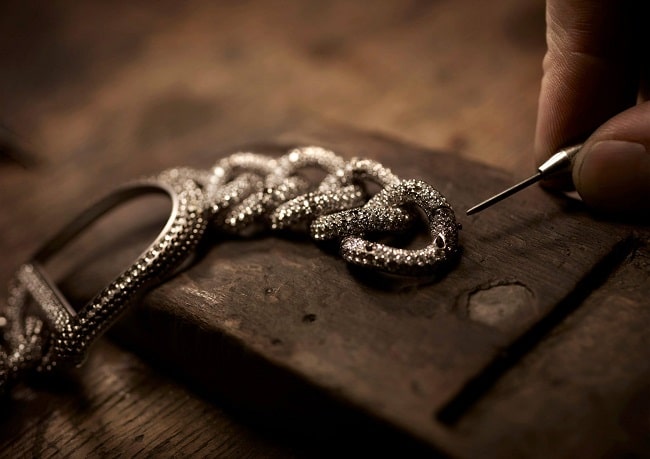
Price Cuts
The cut of a stone is, in a way, the first and last factor considered when pricing a stone. A raw, uncut diamond is examined by a diamond cutter who works out the best cut that will remove any flaws or inclusions. This can waste over half of the original stone's material – and yet, increase the value of the stone by dramatically improving its clarity. Once the stone is cut, the price is fairly standard across the various cuts, with perhaps the most dramatic difference being between the beauty of the brilliant round cut and a princess cut – which is surprisingly similar in brilliance and the number of facets, just being more like an inverted pyramid. The reason for the up to 20% difference in price, even on otherwise equal quality stones is because a princess cut wastes very little of the original stone compared with the round brilliant, which is one of the more wasteful cuts.
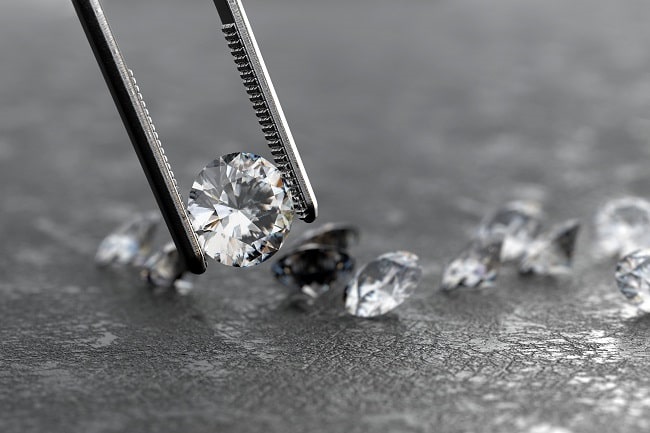
Whichever diamond you choose, and whatever criteria you apply to it, make sure it comes with certification from either GIA or AGS, one of the two institutions who safeguard the integrity of large natural diamonds offered for commercial sale. In this way, you can be sure you will be getting good value for your money.
Trending
2
3
4
5
6
7
8
9
10









